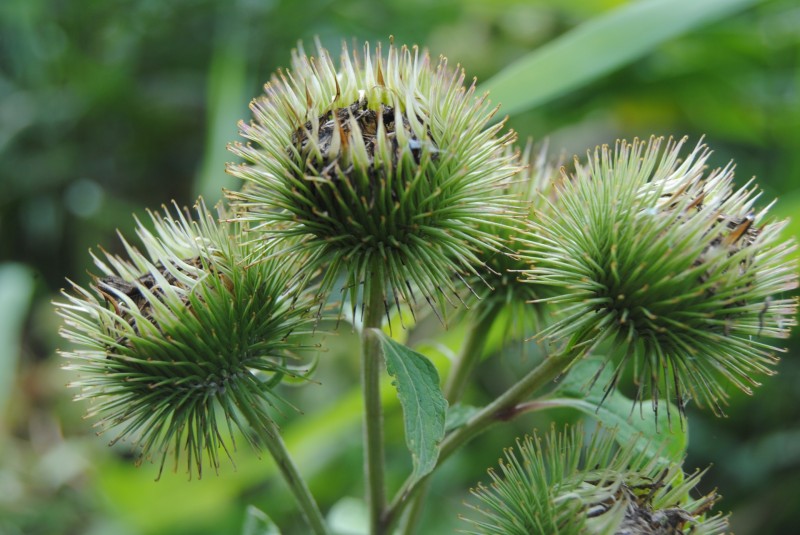
When it comes to connecting with nature and embracing sustainable practices, foraging for edible wild plants is a fulfilling and rewarding activity. Exploring the natural world to identify and harvest wild edibles not only allows you to experience the environment more intimately but also provides you with fresh, nutritious, and free food. However, foraging requires knowledge and skills to ensure you gather safe and edible plants. In this article, we will guide you on how to forage and identify edible wild plants in your area, emphasizing safety, sustainability, and the joy of discovering nature's bounty.
Foraging, the act of gathering wild plants for food, has been a way of life for humans throughout history. Our ancestors relied on their knowledge of local flora to sustain themselves, and today, foraging is experiencing a resurgence as people seek to reconnect with nature and embrace a sustainable lifestyle.
Safety First: Knowing What to Avoid
Before you head out on your foraging adventure, it's crucial to familiarize yourself with the plants that can pose a threat to your well-being. Some plants are toxic and can cause severe health issues, while others may look similar to edible varieties but are actually poisonous.
Getting Started: Research and Preparation
Proper preparation is the key to a successful foraging experience. Start by researching the types of wild edibles found in your area and their seasonal availability. Additionally, make sure to check local regulations, as some areas may have restrictions on foraging to protect sensitive ecosystems.
Equip Yourself for a Successful Foraging Experience
While foraging is a relatively low-tech activity, having the right tools can make a significant difference. Essential items include a sturdy basket or bag for collecting plants, a field guide or smartphone app for plant identification, and basic safety gear.
Identifying Edible Wild Plants
Learning to identify edible plants is a vital skill for any forager. Familiarize yourself with the key characteristics of edible plants and focus on learning a few safe and easily recognizable species to start with.
Foraging Techniques and Best Practices
Foraging is about more than just gathering food; it's also about being a responsible steward of the environment. Follow ethical foraging practices, such as only harvesting what you need, leaving no trace, and respecting protected areas.
Preparing and Cooking Wild Edibles
Once you've collected your foraged treasures, it's time to prepare and enjoy them. Before consuming any wild plants, make sure to clean them thoroughly and properly. Experiment with different recipes to fully savor the flavors of the wild.
Foraging with Respect for Nature
As you delve deeper into the world of foraging, develop an understanding of the interconnectedness of all living things in the ecosystem. By foraging responsibly, you can help maintain biodiversity and preserve the natural balance of the environment.
Foraging Safety Guidelines
While foraging can be a solo activity, it's often more enjoyable and safer in the company of others. Inform someone about your foraging plans and consider going with a group, especially if you're a beginner. Additionally, know how to react to wildlife encounters to avoid unnecessary risks.
Connecting with Local Foraging Communities
Foraging is a wonderful way to connect with like-minded individuals who share a passion for nature and wild edibles. Join local foraging groups or workshops to learn from experienced foragers, share your knowledge, and foster a sense of community.
Foraging for edible wild plants is not just about finding food; it's a journey of discovery and connection with the natural world. As you embark on your foraging adventure, remember to prioritize safety, sustainability, and respect for nature. By learning to identify edible plants and embracing ethical foraging practices, you can experience the joy of harvesting fresh, nutritious food directly from the land.
Birthday Special - Wishing the Man of Melodious Voice, Sonu Nigam!